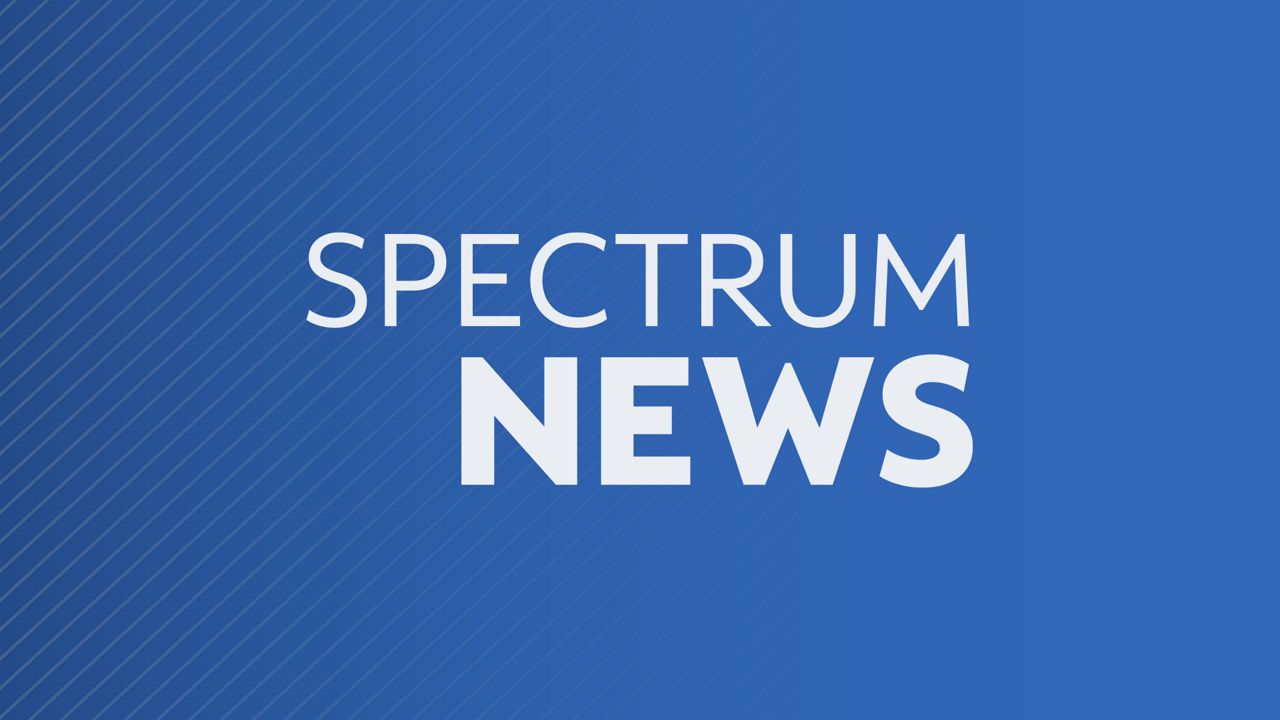SEOUL, South Korea (AP) — Russia’s embassy in North Korea says the country has eased stringent epidemic controls in capital Pyongyang that were placed during the past five days to slow the spread of respiratory illnesses.
North Korea has not officially acknowledged a lockdown in Pyongyang or a re-emergence of COVID-19 after leader Kim Jong Un declared a widely disputed victory over the coronavirus in August, but the Russian embassy’s Facebook posts have provided rare glimpses into the secretive country’s infectious disease controls.
The embassy posted a notice Monday issued by North Korea’s Foreign Ministry informing foreign diplomats that the “intensified anti-epidemic period” imposed in Pyongyang since Wednesday was lifted as of Monday.
Last week, the embassy said that North Korean health authorities required diplomatic missions to keep their employees indoors and also measure their temperatures four times a day and report the results to a hospital in Pyongyang. It said the North Korean measures were in response to an increase in “flu and other respiratory diseases,” but it didn’t mention the spread of COVID-19 or restrictions imposed on regular citizens.
Shortly before that post, NK News, a North Korea-focused news website, cited a North Korean government notice to report that health officials had imposed a five-day lockdown in Pyongyang in an effort to stem the spread of respiratory illnesses.
North Korea’s state media didn’t mention any preventive measures specifically tied to COVID-19 as it tightened restrictions in Pyongyang last week. But on Wednesday, the state-run Korean Central News Agency said North Korean health workers have “redoubled” their efforts to prevent the spread of infectious diseases and firmly maintain an “anti-epidemic atmosphere” throughout society to cope with the “daily-worsening world health crisis.”
“(Health workers) are directing primary efforts to consolidating the anti-epidemic barrier and intensifying the medical examination and disinfection to prevent the outbreak and spread of viral respiratory diseases including influenza,” the agency said. “They also make it a daily routine to measure temperatures and sterilize hands of the people in crowded places and ensure the accuracy of medical examination."
Getting a read of North Korea's virus situation is difficult as the country has been tightly shut since early 2020, with officials imposing strict border controls, banning tourists and aid workers and jetting out diplomats while scrambling to shield their poor health care system.
North Korea's admission of a COVID-19 outbreak in May last year came after it spent 2 ½ years rejecting outside offers of vaccines and other help while steadfastly claiming that its socialist system was protecting its population from an “evil” virus that had killed millions elsewhere.
South Korea’s Unification Ministry, which handles inter-Korean affairs, said the number of foreign missions that are currently active in North Korea would be 10 or less, a list that includes the missions of China, Vietnam and Cuba along with the Russian embassy.
North Korean state media in recent weeks have stressed vigilance against a possible re-emergence of COVID-19. The official Rodong Sinmun newspaper, which previously described the anti-virus campaign as the “No. 1 priority” in national affairs, called for North Koreans to maintain a “sense of high crisis” Monday as COVID-19 continues to spread in neighboring countries.
Some analysts say North Korea could be taking preventive measures as it prepares to stage huge public events in Pyongyang — possibly as early as next week — to glorify Kim’s authoritarian leadership and the expansion of his nuclear weapons and missiles program.
Recent commercial satellite images indicated preparations for a massive military parade in Pyongyang, likely for the 75th founding anniversary of the Korean People’s Army that falls on Feb. 8 — an occasion Kim could potentially use to showcase his growing collection of nuclear-capable missiles.
Satellite images taken Friday indicated continuing parade practices at a training site in southeast Pyongyang despite the reported lockdown, according to 38 North, a website specializing in North Korea studies. But no activities were seen at Kim Il Sung Square in the central part of the city where the country usually hosts military parades, the report said.
Some outside experts linked North Korea’s 2022 COVID-19 outbreak to a massive military parade in April, where Kim vowed to accelerate the development of nuclear weapons and threatened to use them if provoked.
North Korea maintains it has had no confirmed COVID-19 cases since Aug. 10, when Kim used a major political conference to declare the country has eradicated the coronavirus, just three months after the country acknowledged an omicron outbreak.
While Kim claimed that the country’s purported success against the virus would be recognized as a global health miracle, experts believe North Korea has manipulated disclosures on its outbreak to help him maintain absolute control.
From May to August, North Korea reported about 4.8 million “fever cases” across its population of 26 million but only identified a fraction of them as COVID-19. Experts say the country’s official death toll of 74 is abnormally small, considering the country’s lack of public health tools.
North Korea has dubiously insisted that rival South Korea was responsible for its COVID-19 outbreak, saying that the virus was transported by anti-Pyongyang propaganda leaflets and other materials flown across the border by balloons launched by South Korean civilian activists. South Korea has dismissed such claims as unscientific and “ridiculous.”
Copyright 2023 The Associated Press. All rights reserved. This material may not be published, broadcast, rewritten or redistributed without permission.




